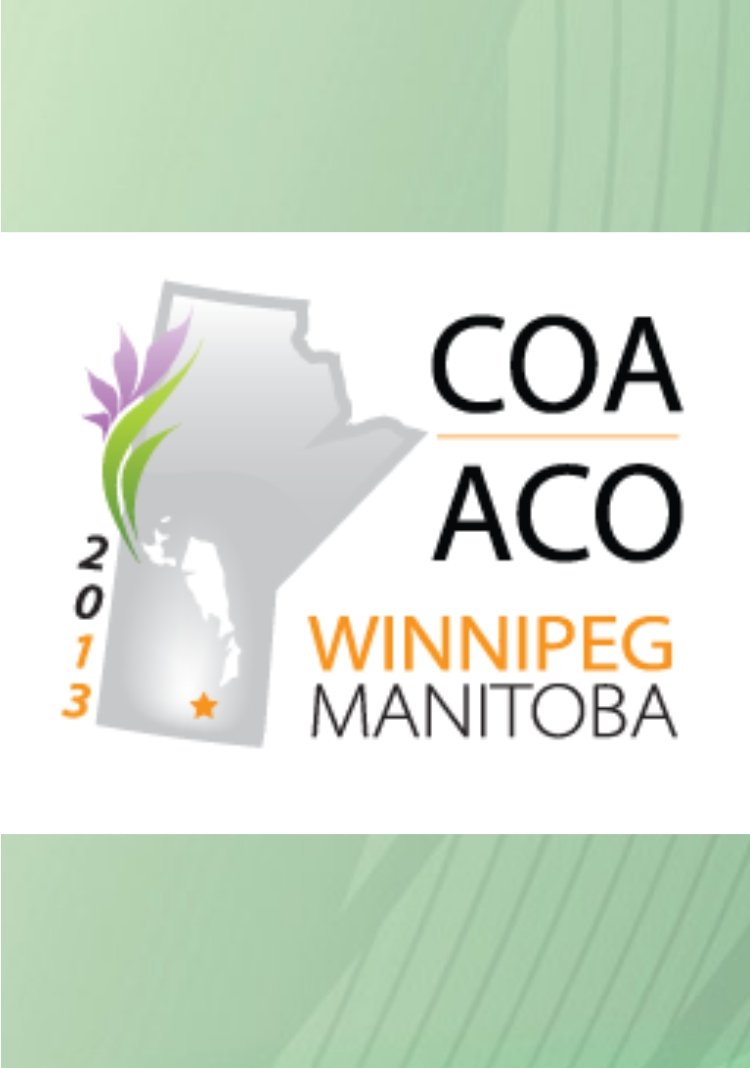
COA: How to improve surgical survey email response rate: an RCT

COA: How to improve surgical survey email response rate: an RCT
Getting surgeons to respond to email surveys: A randomized trial of 1090 COA members
Did you know you're eligible to earn 0.5 CME credits for reading this report? Click Here
CONFERENCE ACE REPORTS
This ACE Report is a summary of a conference presentation or abstract. The information provided has limited the ability to provide an accurate assessment of the risk of bias or the overall quality. Please interpret the results with caution as trials may be in progress and select results may have been presented.
Synopsis
1090 Canadian Orthopaedic Association (COA) members were invited to participate in this study which looked at different email designs of surgical surveys and their influence on rate of response. The study observed that highlighting through bolding and capitalization, and leveraging surgeons as an exclusive target group of the survey significantly improved the rate of response. In contrast, the len...
To view the full content, login to your account,
or start your 30-day FREE Trial today.
FREE TRIAL
LOGIN
Forgot Password?
Explore some of our unlocked ACE Reports below!

Learn about our AI Driven
High Impact Search Feature
Our AI driven High Impact metric calculates the impact an article will have by considering both the publishing journal and the content of the article itself. Built using the latest advances in natural language processing, OE High Impact predicts an article’s future number of citations better than impact factor alone.
Continue



 LOGIN
LOGIN

Join the Conversation
Please Login or Join to leave comments.